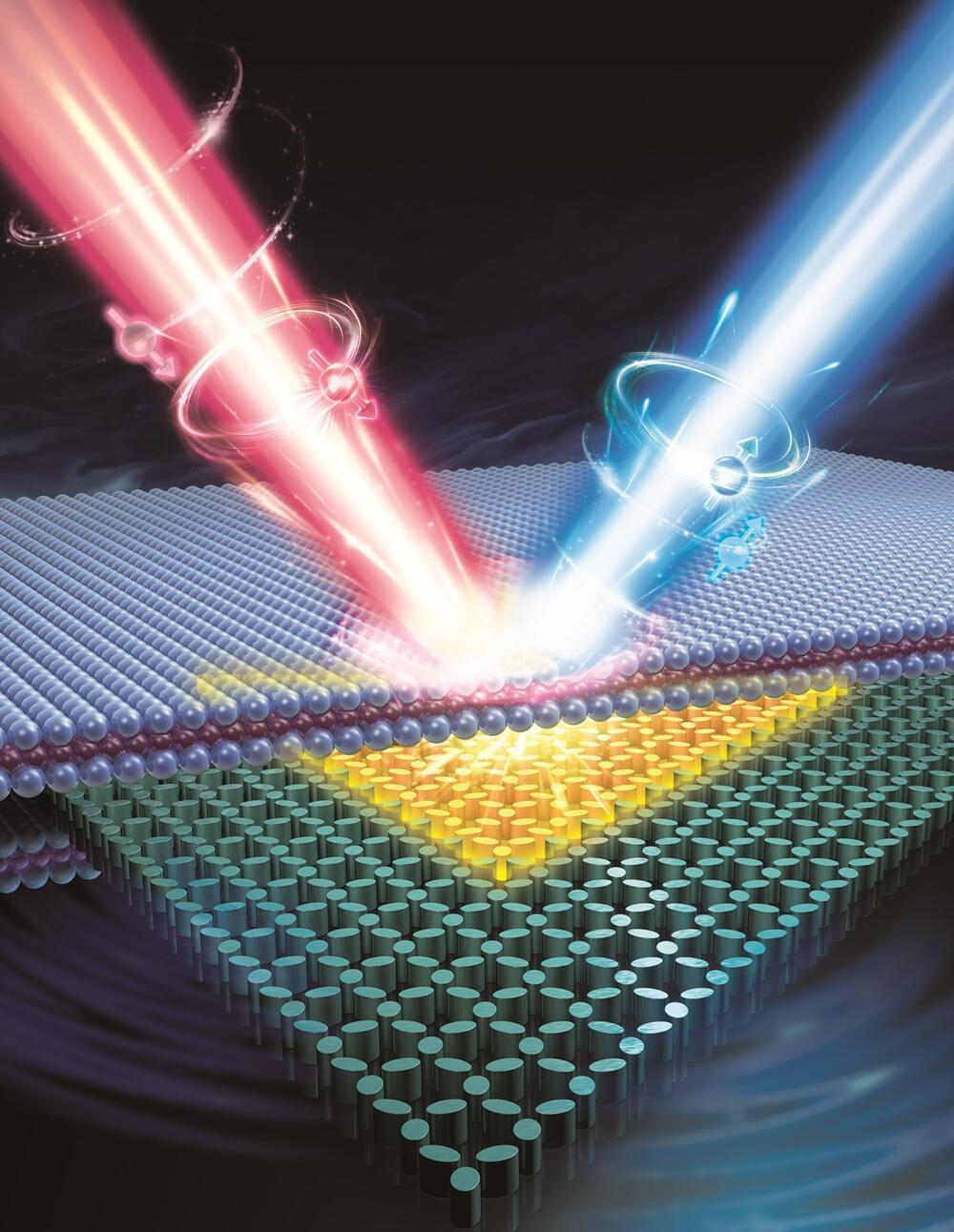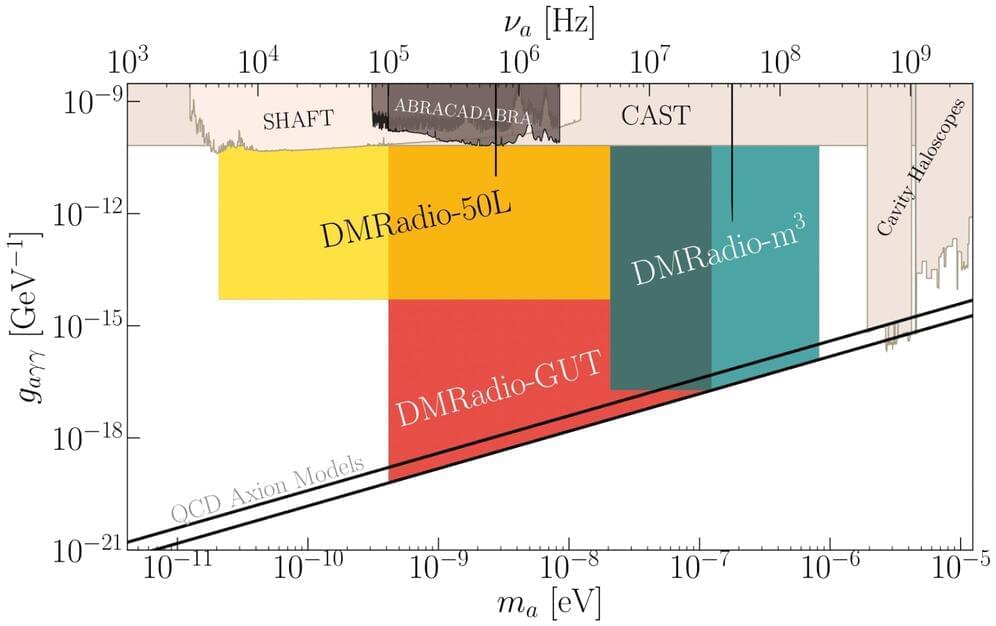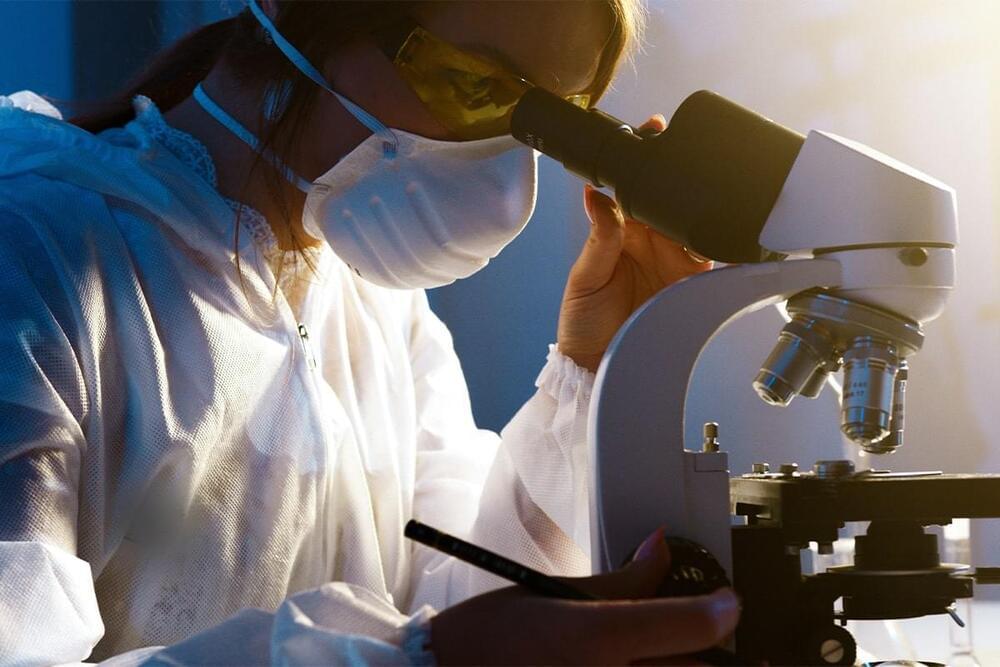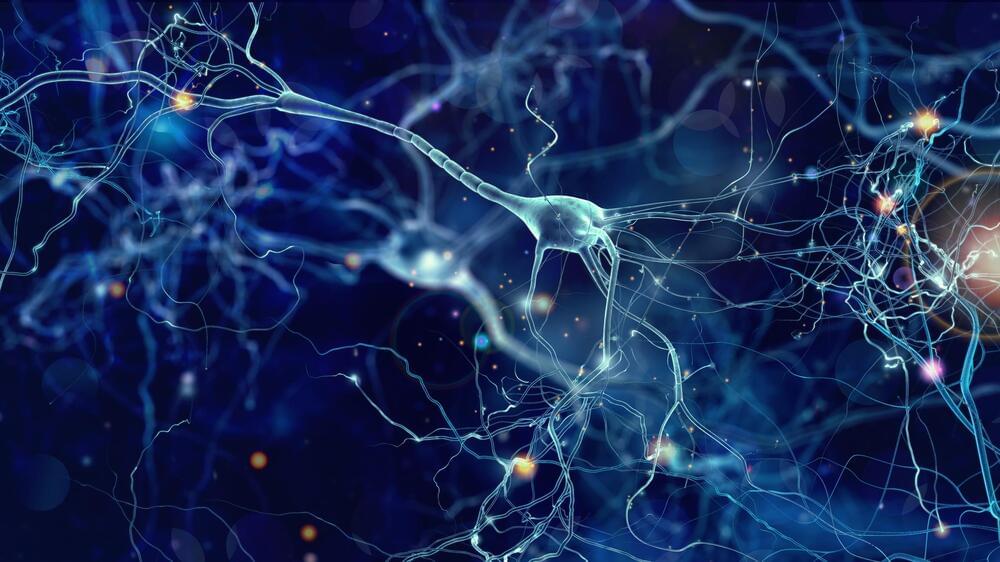Sep 6, 2023
Two world’s biggest telescopes hacked by Ransomware attack
Posted by Saúl Morales Rodriguéz in categories: cybercrime/malcode, space
Several telescopes are still down weeks after a cybersecurity attack was discovered by US National Science Foundation (NSF) researchers. There is presently no information available on when the Gemini North telescope in Hawaii and the Gemini South telescope in Chile will resume operations. A number of smaller telescopes on the slopes of Cerro Tololo in Chile were also shut down “out of an abundance of caution”.
The IT team at the National Science Foundation’s NOIRLab discovered suspicious behavior in the laboratory’s computer systems early on the morning of August 1. This led to the decision to temporarily halt activities at the huge optical infrared telescopes located on Hawaii’s Maunakea for the sake of safety.
The ‘double’ telescope located in the southern Andes of Chile was already in the process of being prepped for maintenance and required very little more work.
















